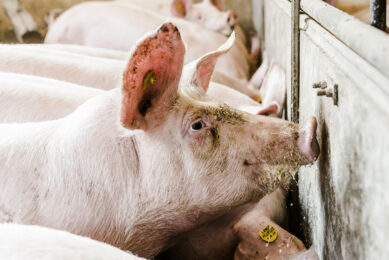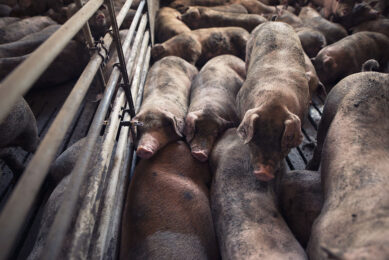Cargill reduces GHG emissions at its US facilities
Ongoing efforts by Cargill to improve energy efficiency and expand its use of renewable energy sources enabled the company to exceed the Chicago Climate Exchange’s (CCX) required 6% annual greenhouse gas (GHG) reduction target.
CCX established annual compliance milestones for absolute GHG reductions from baseline at its large emitting facilities.
For calendar year 2010 − the final year of CCX’s operation − Cargill reduced its GHG emissions at its US facilities by 11%.
Cargill made a voluntary but legally binding commitment to reduce absolute GHG emissions from its large emitting US locations by joining CCX.
Cargill credits this progress to a number of the GHG-reducing systems and processes it has implemented in recent years, including:
- At every one of Cargill’s US beef and pork processing plants, renewable energy systems are in place to capture methane that would otherwise be emitted to the atmosphere.
That methane is then used as fuel and displaces 20-25% of natural gas demand at each location, further reducing GHG emissions; - For two consecutive years, four of the company’s US corn milling plants have earned the US Environmental Protection Agency’s (EPA’s) Energy Star, the national symbol for protecting the environment through energy efficiency; and
- Cargill is implementing behaviour-based energy savings programs, a system which engages employees in recognizing and eliminating energy inefficiencies.
In addition to its CCX progress, Cargill in September announced that it had made strong progress toward its 2015 environmental sustainability goals.
By 2015, Cargill aims to improve energy efficiency by 5%; improve GHG intensity by 5%; increase renewable energy to 12.5% of its energy portfolio; and improve freshwater efficiency by 5%.











